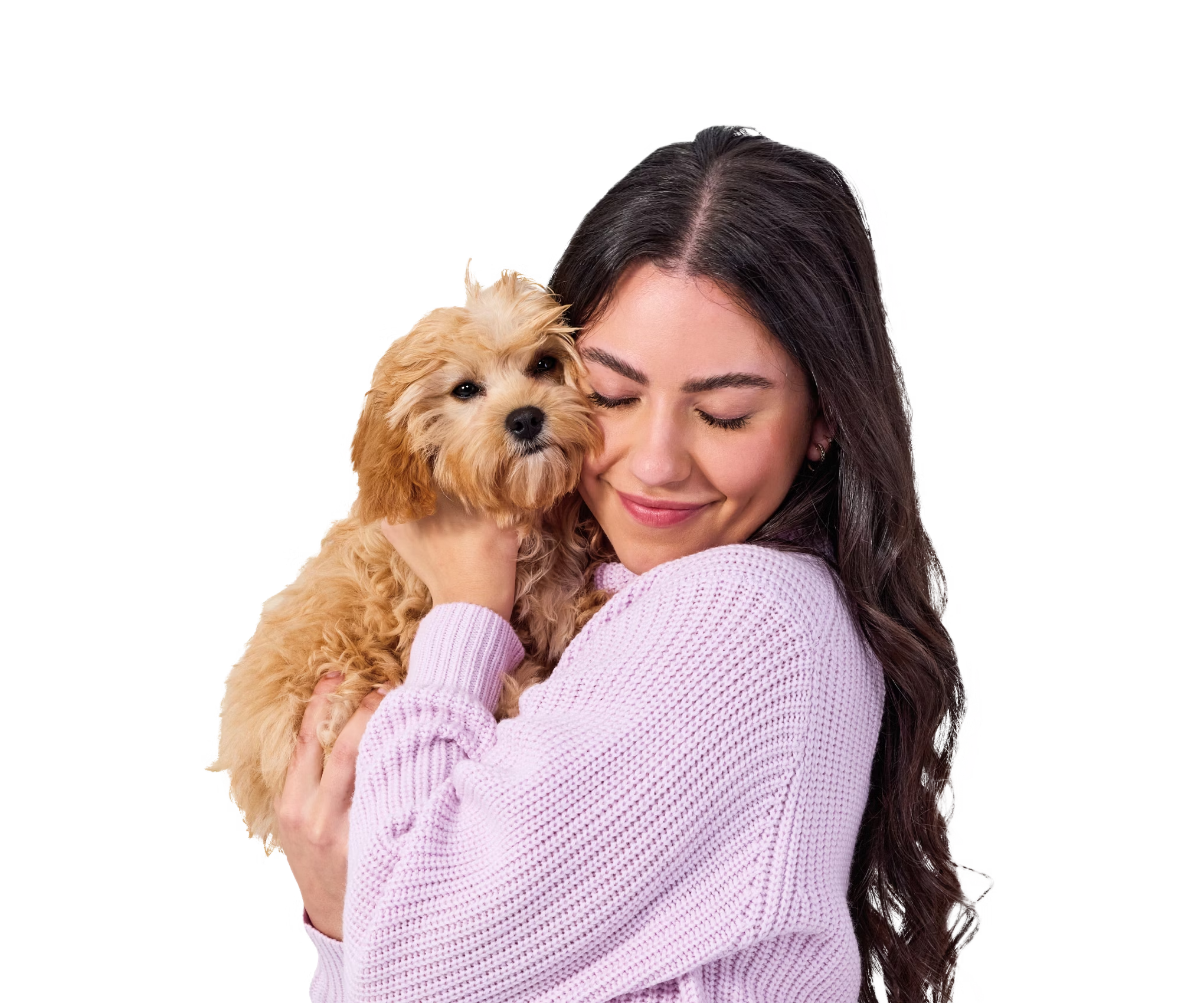Neuronal Ceroid Lipofuscinosis 7
Neuronal Ceroid Lipofuscinosis 7 (NCL7) is a progressive disease affecting behavior, movement, and vision, with a risk of epileptic seizures in later stages.
Key Signs
Progressive neurological signs, Blindness, Cognitive impairment, Motor impairment
Age of Onset
0 to 2 yrs
Juvenile onset
Inheritance
Autosomal Recessive
For autosomal recessive disorders, dogs with two copies of the variant are at risk of developing the condition. Dogs with one copy of the variant are considered carriers and are usually not at risk of developing the disorder. However, carriers of some complex variants grouped in this category may be associated with a low risk of developing the disorder. Individuals with one or two copies may pass the disorder-associated variant to their puppies if bred.
Likelihood of the Condition
High likelihood
At risk dogs are highly likely to show signs of this disease in their lifetime.
What to Do
Here’s how to care for a dog with NCL7
Partner with your veterinarian to make a plan regarding your dog’s well-being, including any insights provided through genetic testing. If your pet is at risk or is showing signs of this disorder, then the first step is to speak with your veterinarian.
For Veterinarians
Here’s what a vet needs to know about NCL7
Affected dogs seem normal as puppies but develop progressive neurological signs around one year of age. First signs of the disease include exhibiting forms of compulsory behavior, such as excessive licking of a body part. As the disease progresses, affected dogs show further changes in behavior and develop motor and vision impairment. Affected dogs may be progressively more fearful and hyper-responsive to stimuli. Affected dogs may also develop epileptic seizures in later stages.
Treatment is supportive care, however, due to the progressive nature of the condition, clinical signs typically lead to euthanasia on welfare grounds.
For Breeders
Planning to breed a dog with this genetic variant?
There are many responsibilities to consider when breeding dogs. Regardless of test results it is important that your dog is in good general health and that you are in a position to care for the puppies if new responsible owners are not found. For first time or novice breeders, advice can be found at most kennel club websites.
This disease is autosomal recessive meaning that two copies of the mutation are needed for disease signs to occur. A carrier dog with one copy of the NCL7 mutation can be safely bred with a clear dog with no copies of the NCL7 mutation. About half of the puppies will have one copy (carriers) and half will have no copies of the NCL7 mutation. Puppies in a litter which is expected to contain carriers should be tested prior to breeding. Carrier to carrier matings are not advised as the resulting litter may contain affected puppies. Please note: It is possible that disease signs similar to the ones caused by the NCL7 mutation could develop due to a different genetic or clinical cause.
Technical Details
| Gene | MFSD8 |
|---|---|
| Variant | Deletion |
| Chromosome | 19 |
| Coordinate | 13,010,761 |
All coordinates reference CanFam3.1
We’ve spent the past 20+ years devoted to DNA. Our team of scientists and vets have spent decades developing the most accurate pet DNA test. Because every pet deserves to have their whole story told. We’ve collaborated with leading academic institutions, innovative research labs, and Banfield Pet Hospital™ to make our process exceptionally precise, fast, and affordable.

References & Credit
Credit to our scientific colleagues:
Guo, J., O’Brien, D. P., Mhlanga-Mutangadura, T., Olby, N. J., Taylor, J. F., Schnabel, R. D., … Johnson, G. S. (2014). A rare homozygous MFSD8 single-base-pair deletion and frameshift in the whole genome sequence of a Chinese Crested dog with neuronal ceroid lipofuscinosis. BMC Veterinary Research, 10(1). View the article









